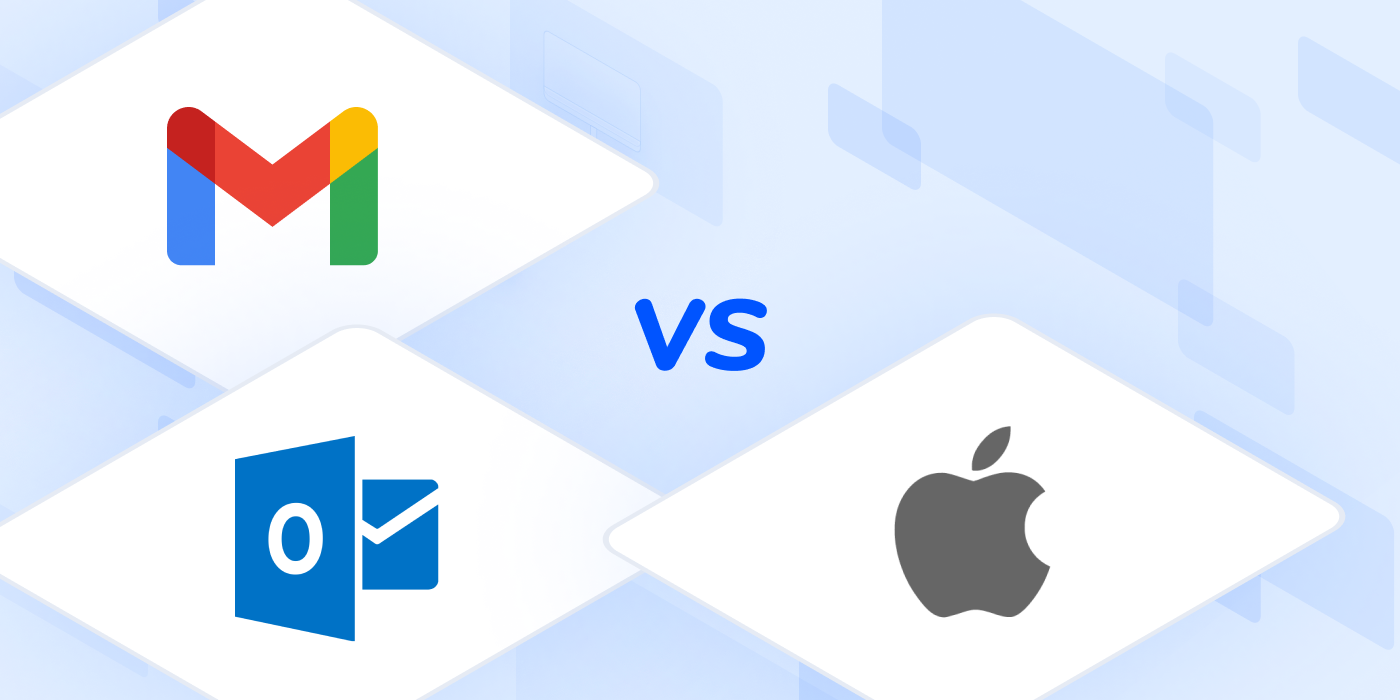Why should your users use Gmail instead of Outlook or other 3rd party clients? This shouldn’t even be a question. If you were on Office, would you allow the use of Gmail as their client? No? No. End of story 😉
Okay…I hear you, let’s go deeper:
This article is targeted at Google Workspace Administrators. If you are a Microsoft M365 Administrator the following technically applies too. But in reverse.
Security of the System
If you are on Gmail you should be using the official apps to access your tools primarily because this is the best tested and secured way to access your emails. Google is putting a lot of engineering resources behind the web and mobile applications for Gmail to enable you and your 1 billion co-users to stay secure. They do not put the same resources behind any 3rd party connections via IMAP or POP.
IMAP and POP are vulnerable protocols that download data to devices you may or may not have full control over and may or may not be on the most recent OS / App version. This means that allowing IMAP or POP can increase the attack vector to your data exponentially and in many cases without a real insight into the actual places your data is being stored. And if you sanction Outlook or Apple Mail as an official way to access your Gmail emails it means that you need to keep it managed, updated, and secured. Seems like a whole bunch of work to be avoided by not allowing the use of these third party apps.
As we all know people lose things. If you have data stored on your devices that may be a potential leak. If the data is partly personally identifiable it may actually result in you needing to report this as a data breach under GDPR / CCPA regulations. If your data is in the cloud and only accessed through Chrome you just need to reset the login credentials of the person who lost their device and your data is secure again. No-one can go through emails on a device when there aren’t any. This also applies to Backup and Sync and File Stream. Deploying these tools may result in unintentional data loss.
Gmail surfaces Security Banners to your end users that you can (and should) enable/configure. You can do so under the “Safety” settings in the admin settings for Gmail. You’ll learn how to enable these features (and which to activate) later. These features give your users a good indication of the legitimacy, the safety, and the sender/recipient of a message. Only in Gmail will people be able to see those warnings and banners and can take actions upon them. Thus it is important to push people towards using the web client instead of local applications (regardless of IMAP or API access).
Integrations and Calendar
Integrations into Gmail are a powerful bunch. You can use those to enable your people to access tools right next to their email and gather contextual insights into the open email. Those can be centrally deployed and managed using the admin console. The Works With Gmail category in the Workspace Marketplace allows you to browse and install applications that work with Gmail and enhance the work experience, pull in data from other sources like your task contexts to Asana Task reminders, or show context about your leads and contacts in your CRM.
Many functions in Google Calendar are also not available on the local third party equivalent or require a big pain to setup and run. Using Google Calendar on the web enables people to easily take advantage of all the functionality of calendar while having to use less of a headache on every new deployment to have calendar sharing setup in an additional tool. Mac users are particularly heavy users off the calendar.app and have a hard time letting go. But the experience of shared calendars and room bookings in the web interface is just this much better.
Chat and other Future Developments
Google’s vision for Workspace revolves around the integrated workspace of Gmail. You can see the beginning stages of it with Chat in Gmail. Docs shared in Rooms open next to the chat room and allow you to edit files directly from the integrated view in Gmail. It allows you to chat about a document while you are working on it. An all in one vision of work and collaboration within the (still) primary tool of communication in most roles or organizations. All this won’t exist in Outlook or Mail.app.
Conclusion
Using the official Gmail applications will benefit your team to work in a more efficient way, connect to their data across your company’s tools and services, and improve security massively. Changing the way you work does not necessarily come easy but there are enticing reasons for you to choose gmail.com over mail.app or Outlook. Check them out, you may never want to go back!
Oh and once again for you leadership people out there: would you let people work out of gmail.com if you were on Microsoft? … I thought so. Go and use gmail.com
If you want to learn how to migrate people from Outlook to Gmail stay tuned for the next article.

